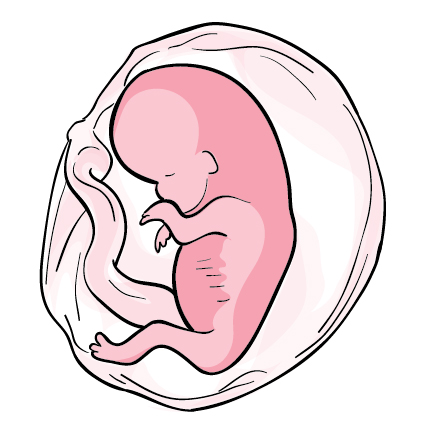
To remember is to generate
My first diary had a lock on it. I’d write to my future self, expecting that I’d go back one day and read everything. I never did—until I did, years later, after unearthing the key on my high school desk. As I worked through that first volume and subsequent ones, those with and without locks, I crosshatched deep grooves over almost everything or painted Wite-Out over the ink. I hated watching myself become what I became.
It was “impossible to return to the state of mind in which those sentences originated,” as Lyn Hejinian writes in My Life. Her uncanny description of the discomfort that drove me to paint over the past is also what drove her, in this book, to circle around it. For each year of her life, Hejinian wrote a passage that is as many sentences long as she was years old when she wrote it; she wrote one edition of the book when she was thirty-seven and another at forty-five, adding eight sentences to each section and eight new sections. (She also later wrote an addendum, My Life in the Nineties.) Each section is headed by an epigraph that later appears elsewhere, slightly changed. She dabbles in return, interspersing the past with the present, the import and context of each echo shifting, the space around it no longer empty but full of the text that associatively—and retroactively—generated it.
The result is a text that refuses to be the autobiography its title suggests. It is a text that celebrates the fragments that generate the idea of the whole but not the whole itself, a text that insists upon how a life is generated, and regenerated, through memory and language. To accomplish this, Hejinian alternates her tenses in a trotting parataxis. “My mother stood at the window watching the only lights that were visible, circling over the darkened city in search of the hidden airport,” goes one sentence. The next: “Unhappily, time seems more normative than place.” A few later: “Why would anyone find astrology interesting when it is possible to learn about astronomy.” Notice that period, the denial of an open-ended ending. This is the kind of certainty that drives Hejinian’s project, one that draws on wondering but insists on closure, only to revise the thought later. The past generates the present and vice versa, memories catalyzing...
You have reached your article limit
Sign up for a digital subscription and continue reading all new issues, plus our entire archives, for just $1.50/month.
Already a subscriber? Sign in





